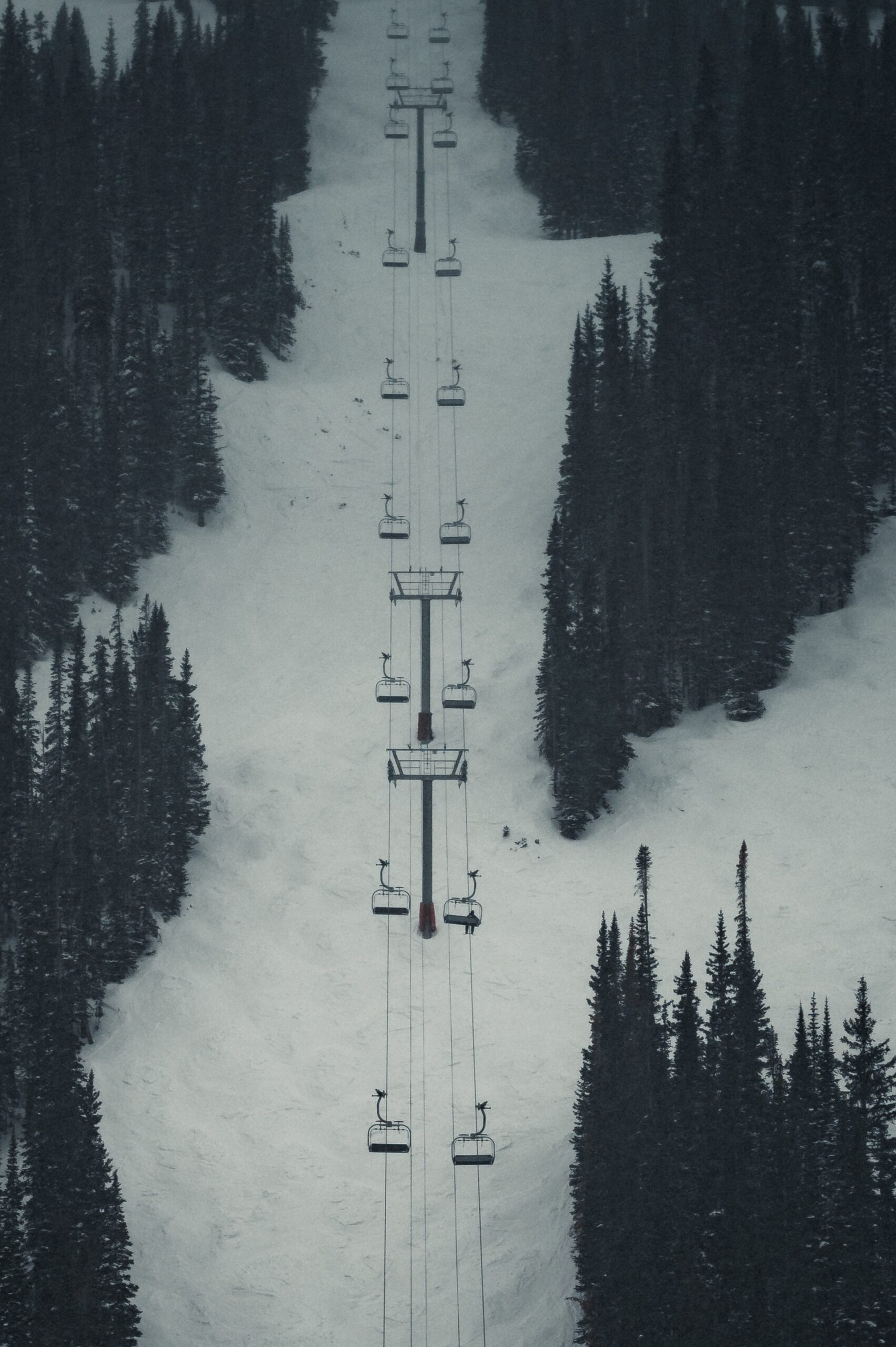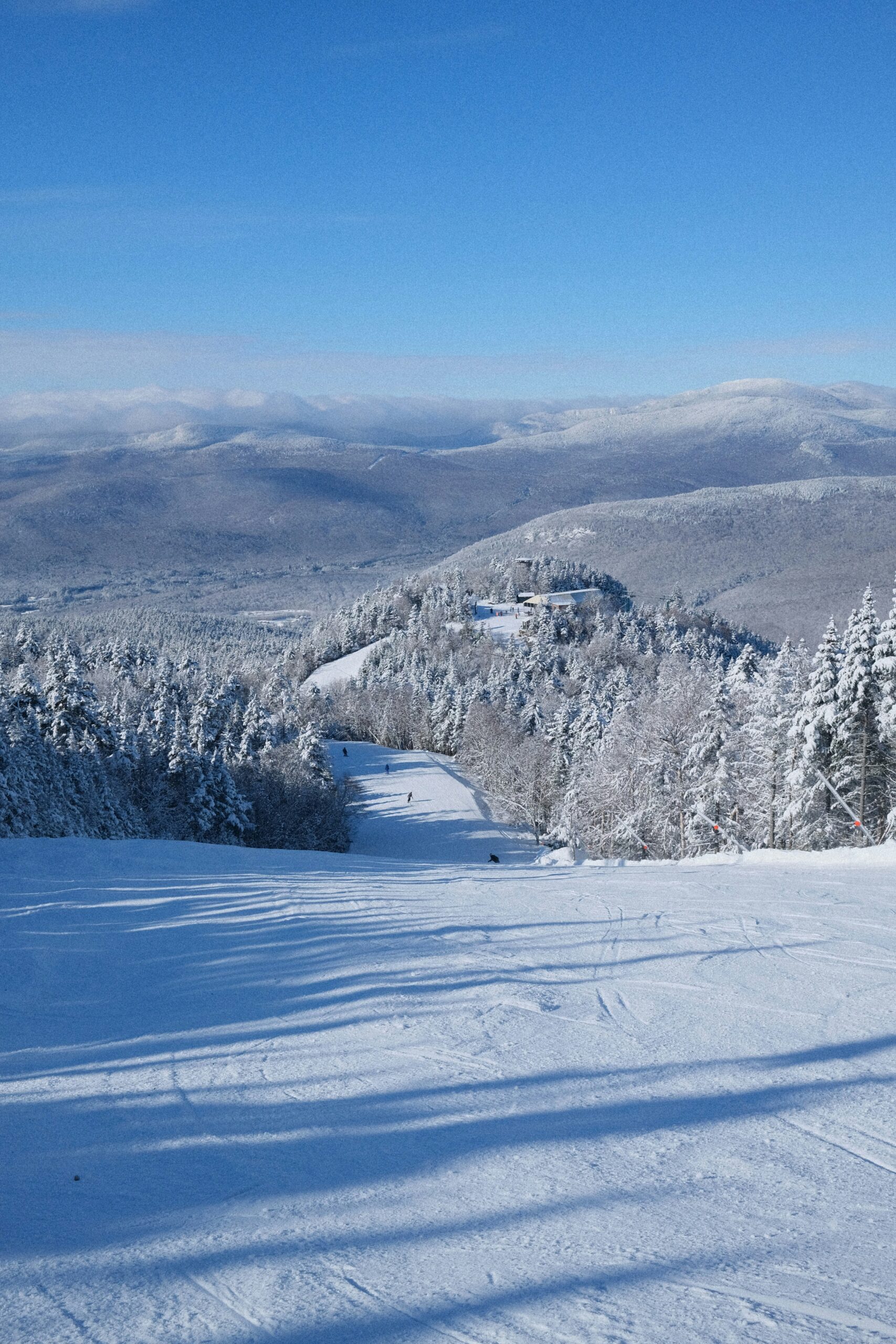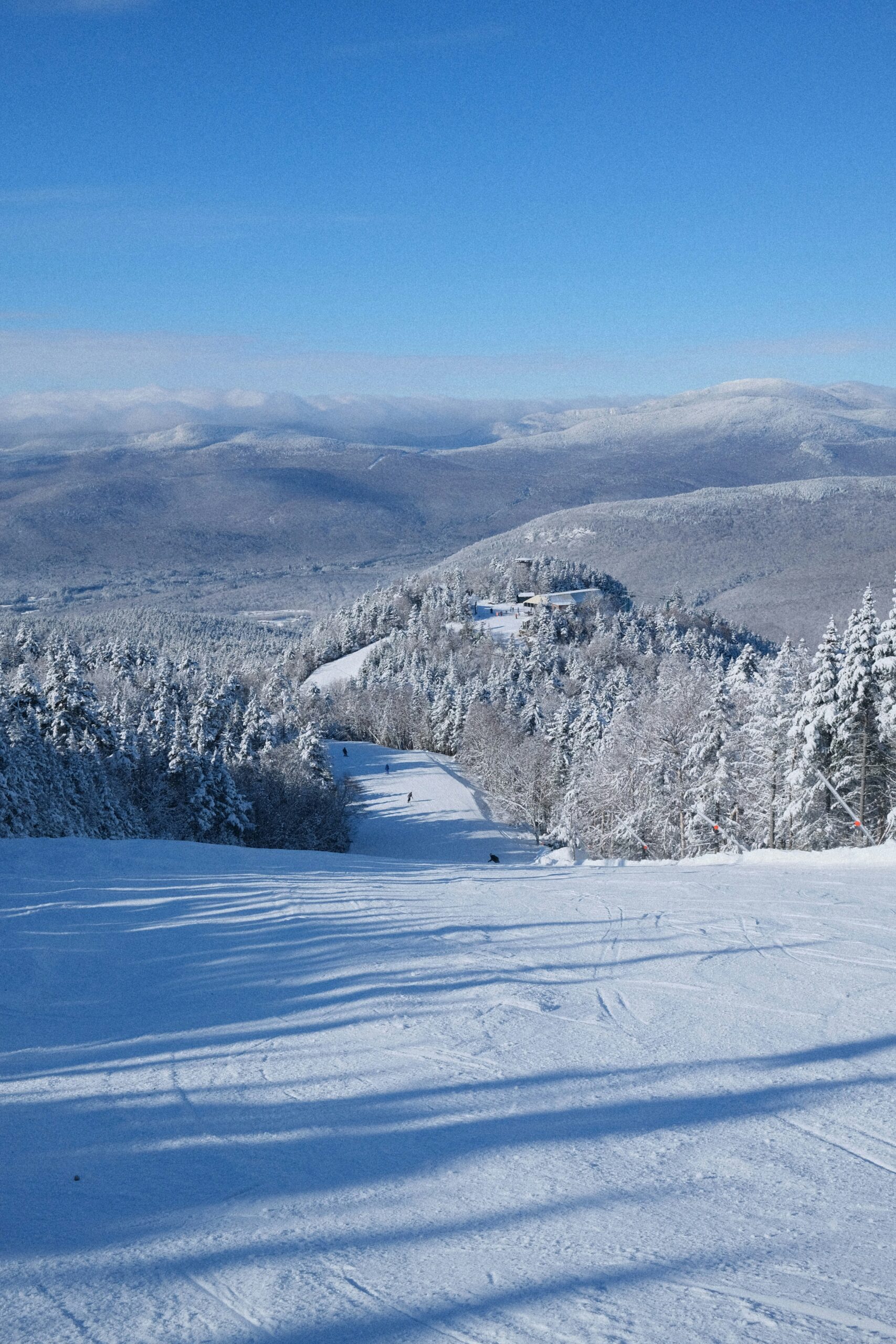Are you curious to know the duration of Mount Shasta's ski season? Well, wonder no more! In this article, we will uncover the answer to this burning question that snow enthusiasts have been asking. Whether you're a seasoned skier or just starting out, understanding the length of the ski season at Mount Shasta will help you plan your winter adventures accordingly. So, let's hit the slopes and explore the exciting world of skiing at this majestic mountain!

Understanding Ski Seasons
Definition of Ski Season
A ski season refers to the period of time when a ski resort is open for skiing and other winter activities. It typically begins when there is enough snowfall for the slopes to be covered and ends when the snow starts to melt and conditions are no longer suitable for skiing.
Factors influencing the length of a Ski Season
Several factors can influence the length of a ski season, including geographical location, climate, and snowfall patterns. Additionally, the availability of snowmaking equipment and the maintenance and grooming of ski slopes can also impact the duration of the season.
Geographical Location of Mount Shasta
Where is Mount Shasta situated
Mount Shasta is located in Northern California, in the southern end of the Cascade Range. It is situated in Siskiyou County and is a prominent feature of the Shasta-Trinity National Forest.
Climate of Mount Shasta
Mount Shasta experiences a variety of climatic conditions due to its proximity to the Cascade Range. The mountain itself has an alpine climate, characterized by cold winters and moderate summers. The surrounding areas experience a Mediterranean climate, with warm, dry summers and cool, wet winters.
Average Snowfall in Mount Shasta
How much snow does Mount Shasta receive annually
Mount Shasta receives an average annual snowfall of around 275 inches (700 cm). This significant amount of snowfall makes it an ideal destination for skiing and other winter activities.
Comparison with other ski resorts' snowfall
When compared to other ski resorts in the region, Mount Shasta's snowfall is considered above average. It receives a more consistent and substantial amount of snowfall, ensuring that the ski season is usually longer and the snow quality is excellent.
Mount Shasta Ski Park
About Mount Shasta Ski Park
Mount Shasta Ski Park is a popular ski resort located on the southern slope of Mount Shasta. It offers a range of skiing and snowboarding opportunities for all skill levels, from beginners to advanced riders. The resort spans across 425 acres and has a vertical drop of 1,390 feet.
Facilities and services offered
Mount Shasta Ski Park provides a range of facilities and services to enhance visitors' experiences. These include ski and snowboard rentals, equipment repair and tuning, a ski and snowboard school for lessons, and a well-maintained ski lodge with amenities like cafeterias, restaurants, and rental lockers.
Other activities available besides skiing
In addition to skiing and snowboarding, Mount Shasta Ski Park offers other winter activities that cater to a variety of interests. Visitors can enjoy snowshoeing, tubing, and snowmobiling, providing options for those who may not ski or want to explore different winter activities during their visit.

Beginning of Ski Season in Mount Shasta
When does it typically start
The ski season in Mount Shasta typically starts in mid to late November, depending on the weather conditions. This is when the mountain receives enough snowfall and the ski resort is able to open its slopes to the public.
Factors determining the opening of Ski season
The opening of the ski season in Mount Shasta depends primarily on the accumulation of snowfall. The resort requires a sufficient base depth and coverage on the slopes to ensure safe and enjoyable skiing conditions for visitors. Additionally, the availability of adequate staffing and operational readiness also play a role in determining the opening date.
Length of Mount Shasta Ski Season
Average length based on past years
The average length of the ski season in Mount Shasta is typically from late November to early April. This provides a duration of approximately four to five months for visitors to enjoy skiing and other winter activities at the resort.
Variations in season lengths
However, the length of the ski season can vary from year to year due to factors such as snowfall patterns, climate variations, and operational considerations. Some seasons may be shorter if there is less snowfall or unfavorable weather conditions, while others may be extended if conditions allow for it.

End of Ski Season in Mount Shasta
When does it usually end
The ski season in Mount Shasta usually ends in early April. This is when the weather starts to warm up, and the snow begins to melt, making it less suitable for skiing and snowboarding.
Factors leading to the closure of Ski season
The closure of the ski season is primarily influenced by the decrease in snowpack and the deteriorating conditions on the slopes. As the temperatures rise and the snow starts to melt, the ski resort may need to close certain slopes or restrict access to ensure visitor safety. Additionally, the availability of staff and resources for maintenance and operations may also determine the duration of the season.
How Mount Shasta's Ski Season Compares To Other Resorts
Comparing the Length of Season with other Ski Resorts
Mount Shasta's ski season compares favorably to many other ski resorts in terms of duration. With an average season lasting four to five months, it provides ample time for visitors to enjoy winter sports and activities.
What makes Mount Shasta unique
What sets Mount Shasta apart from other ski resorts is its reliable and substantial snowfall. The mountain's high elevation and favorable geographical location contribute to consistent and abundant snow accumulation, ensuring that the ski season is usually longer and provides excellent snow conditions throughout the season.
Impact of Climate Change on Ski Season
Observed effects of Climate change
Climate change has begun to affect ski seasons worldwide, including Mount Shasta. Rising temperatures have led to shorter winters, less snowfall, and changing snow conditions. These impacts can result in a shorter ski season and less reliable snow quality.
Potential impact on future Ski seasons
If the current trends of climate change continue, it is likely that Mount Shasta's ski season could be further affected. The reduced snowfall and shorter winters may result in a decreased ski season duration, impacting both the ski resort's operations and the overall visitor experience.
Tips for Visiting Mount Shasta During Ski Season
Best time to visit for skiing
The best time to visit Mount Shasta for skiing is typically during the peak of the ski season, which is from mid-December to mid-March. During this time, the snow conditions are generally optimal, and the slopes are well-groomed for skiing and snowboarding.
Preparations needed for skiing at Mount Shasta
When planning a trip to Mount Shasta for skiing, it is essential to come prepared. Make sure to bring appropriate winter clothing, including waterproof outerwear, warm layers, gloves, and a hat. Additionally, renting or bringing your own ski or snowboard equipment is necessary. It is also advisable to check weather conditions and resort updates before heading to the mountain to ensure a smooth and enjoyable experience.
In conclusion, Mount Shasta's ski season is a wonderful opportunity for outdoor enthusiasts to enjoy winter sports and activities amidst the breathtaking natural beauty of the region. With its reliable snowfall, a variety of facilities, and an average season length of four to five months, Mount Shasta Ski Park is a popular destination for skiers and snowboarders of all levels. However, it is important to consider the potential impact of climate change on future ski seasons and make the most of the current conditions while also supporting efforts to mitigate climate change. So pack your winter gear, head to Mount Shasta during the ski season, and make unforgettable memories on the slopes.

